The Non Alcoholic Beverage Packaging Market is currently characterized by a dynamic competitive landscape, driven by increasing consumer demand for sustainable packaging solutions and innovative designs. Key players such as Crown Holdings (US), Ball Corporation (US), and Amcor (AU) are strategically positioning themselves to capitalize on these trends. Crown Holdings (US) focuses on enhancing its product offerings through technological advancements in aluminum can production, while Ball Corporation (US) emphasizes sustainability by investing in recycled materials and reducing carbon emissions. Amcor (AU) is also making strides in sustainability, aiming to develop 100% recyclable or reusable packaging by 2025, which collectively shapes a competitive environment that prioritizes eco-friendly solutions and innovation.
The market structure appears moderately fragmented, with numerous players vying for market share. Key business tactics include localizing manufacturing to reduce costs and optimize supply chains, which is particularly relevant in the context of rising transportation costs. The collective influence of these major players fosters a competitive atmosphere where innovation and sustainability are paramount, allowing them to differentiate themselves in a crowded marketplace.
In August 2025, Crown Holdings (US) announced a partnership with a leading beverage manufacturer to develop a new line of lightweight aluminum cans. This strategic move is significant as it not only enhances Crown's product portfolio but also aligns with the growing consumer preference for lighter, more sustainable packaging options. The collaboration is expected to streamline production processes and reduce material usage, thereby reinforcing Crown's commitment to sustainability.
In September 2025, Ball Corporation (US) unveiled its latest initiative to increase the use of recycled aluminum in its beverage cans. This initiative is crucial as it reflects Ball's ongoing commitment to sustainability and positions the company as a leader in the circular economy. By enhancing its recycling capabilities, Ball aims to meet the rising demand for environmentally friendly packaging solutions, which could potentially strengthen its market position.
In July 2025, Amcor (AU) launched a new range of plant-based packaging solutions designed specifically for non-alcoholic beverages. This development is noteworthy as it showcases Amcor's innovative approach to addressing consumer concerns regarding plastic waste. By introducing biodegradable options, Amcor not only meets regulatory pressures but also appeals to environmentally conscious consumers, thereby enhancing its competitive edge in the market.
As of October 2025, the competitive trends in the Non Alcoholic Beverage Packaging Market are increasingly defined by digitalization, sustainability, and the integration of artificial intelligence in production processes. Strategic alliances among key players are shaping the landscape, fostering innovation and efficiency. Looking ahead, it is likely that competitive differentiation will evolve from traditional price-based competition to a focus on technological advancements, sustainable practices, and supply chain reliability, reflecting the changing priorities of consumers and regulatory bodies.


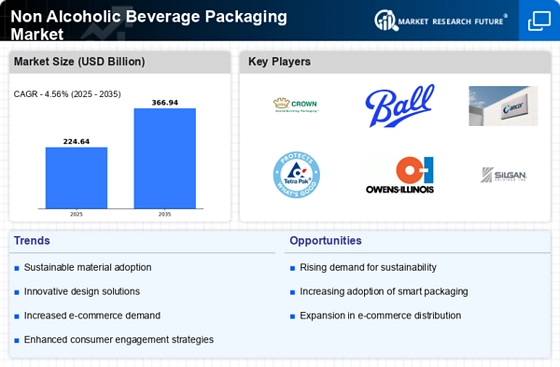
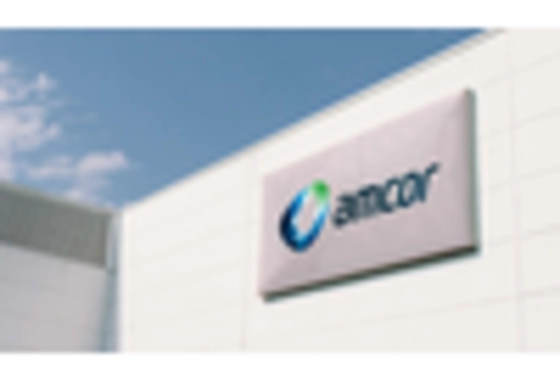
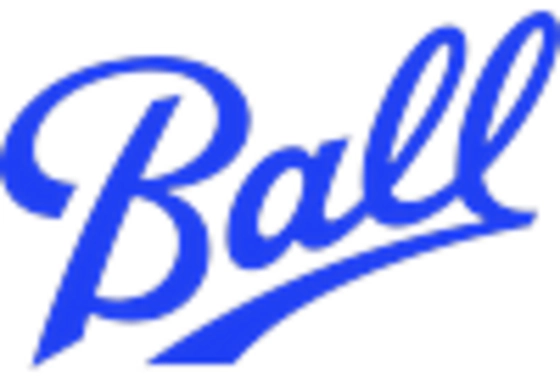
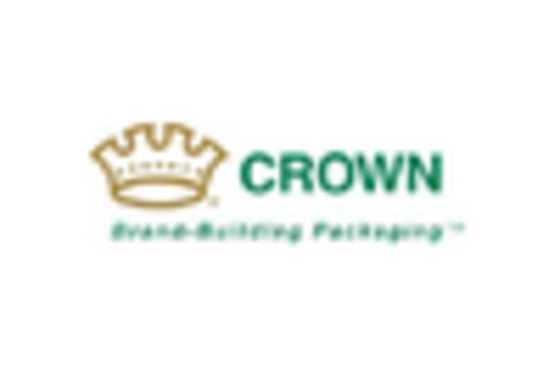
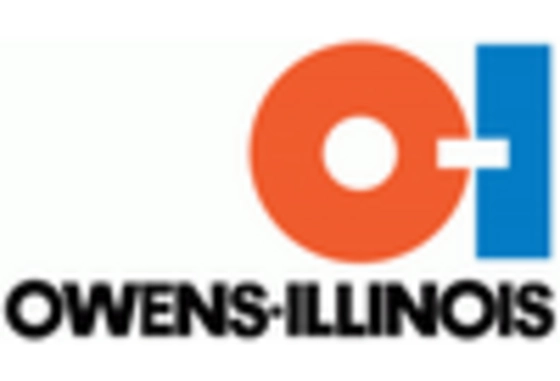
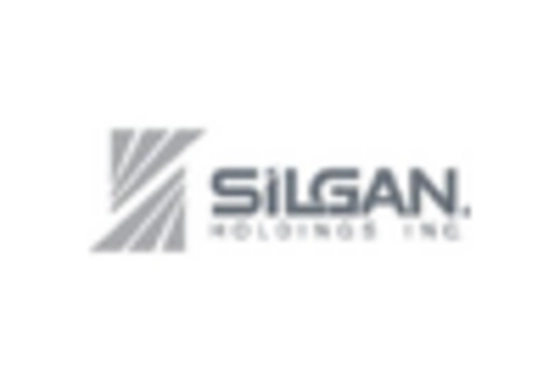
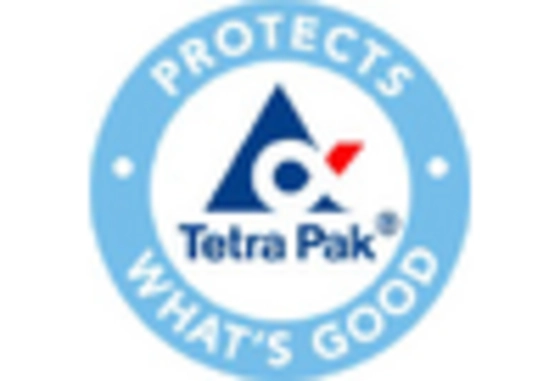








Leave a Comment